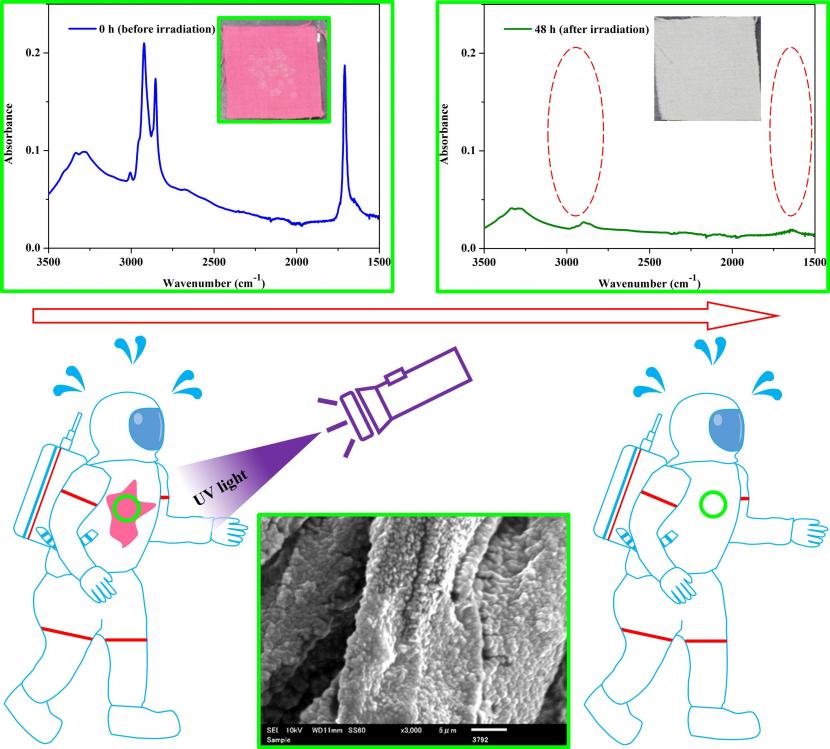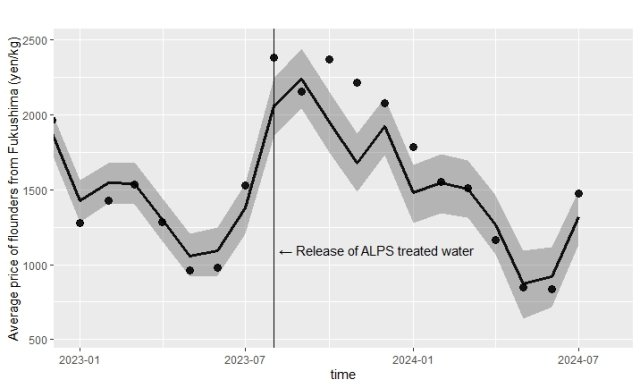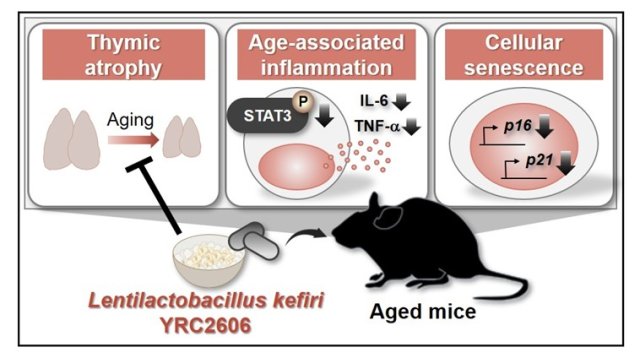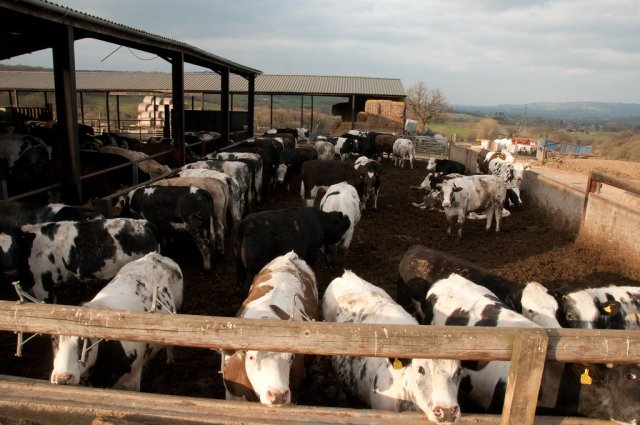Photocatalytic self-cleaning coating to wash clothes without water
- Share
- Tweet
- Send to email
Associate Professor Chunhong Zhu of the Faculty of Textile Science and Technology wants "to solve the problem that smart textiles embedded with electronic devices have that they cannot be washed." This technology resolves other laundry problems for areas where water is scarce; such as extreme locations in the desert or even in space. This is also an environmentally friendly solution because it saves water using solar energy.
There are two types of self-cleaning methods, the first, hydrophobic that repels water and takes away pollutants with it, and the other, hydrophilic that allows the water to spread over the surface and remove pollutants by photocatalytic degradation. Associate Professor Zhu decided to pursue the hydrophilic photocatalytic approach.
The research group examined the effects of photocatalytic self-cleaning coatings on cotton fabrics on actual sebum, which is comprised of oleic acid and other organic pollutants. Using a titanium oxide nanoparticle, they showed sufficient use of the titanium oxide and irradiation time successfully removed the sebum.
This method is environmentally friendly without using water and will especially be useful in areas with little water available. A realization of technology that can remove actual human sebum from apparel more efficiently has potential use for space stations and other places where washing clothes with water is not possible.
For more information on Associate Professor Zhu and her work:
https://link.springer.com/article/10.1007/s10570-021-04004-4





